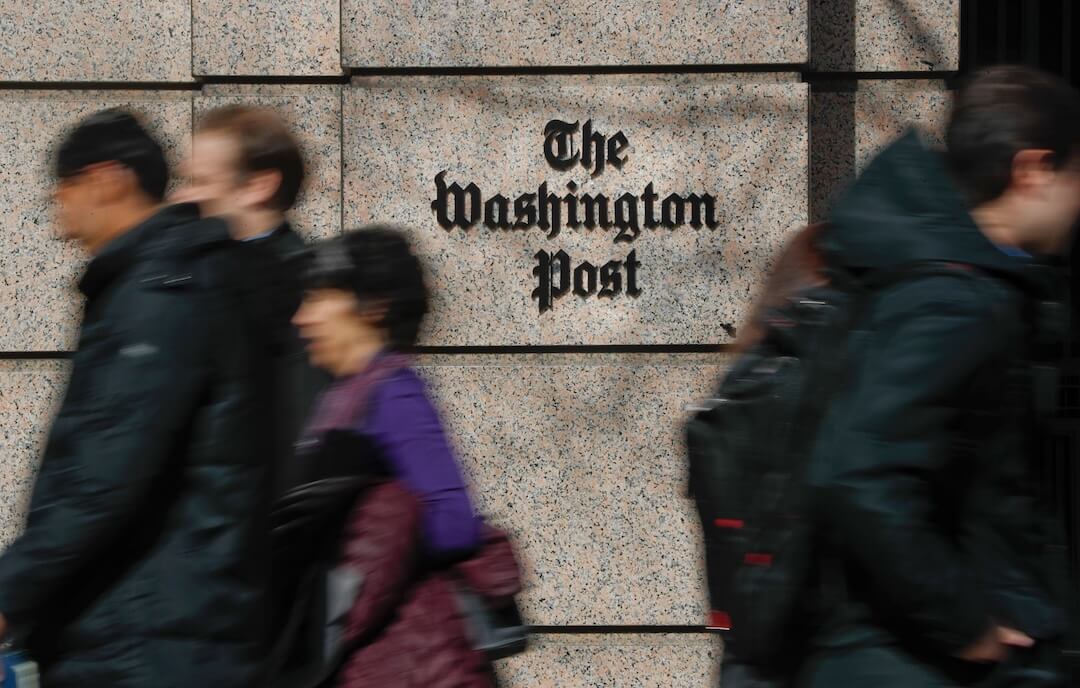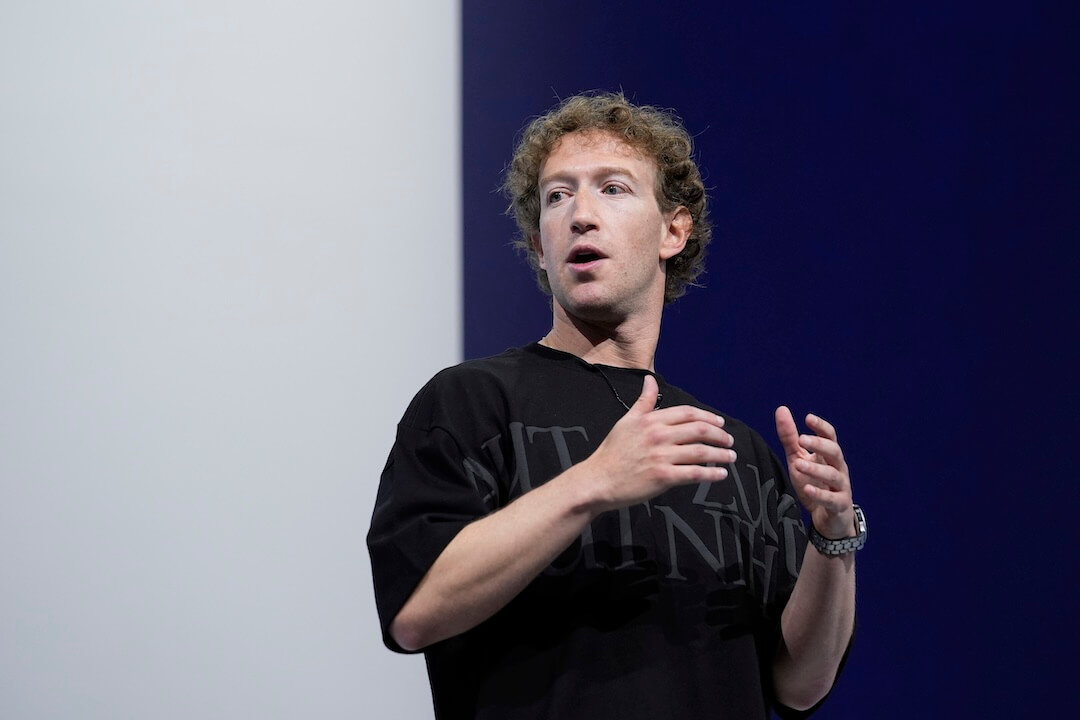
One-on-one interviews with college football players, like West Virginia wide receiver Kevin White, are getting hard to come by. (AP Photo file photo 2014)
I was invited to have lunch with Sanders at the team’s training table. Nobody from the sports information department sat in on our interview. It was just me and “Neon” Deion.
I recall a memorable moment. While making small talk, and being more than a bit naïve, I asked, “How’s school going?”
Keep in mind, Sanders was a senior bound for the NFL and he already had a big-money contract to play baseball for the Yankees. School wasn’t exactly high on his agenda.
A few of his teammates overheard the question and began ribbing him. “Yes, Deion, tell us about your classes…”
“Oh, school’s great, just great,” said Sanders while losing the battle to keep a straight face.
Florida subsequently passed a law known as the “Deion Sanders rule” that would prohibit football players at state universities from playing in postseason games if they did not successfully complete the previous semester. Call it Sanders’ contribution to higher education.
Anyway, the point of the story is to show the media access to the top stars that existed in college football back then. Flash forward to 2015: With highly rare exceptions, a similar lunch isn’t taking place in today’s media environment.
Access, or a lack thereof, continues to be a major problem for college football reporters. And that goes for the reporters from the biggest outlets in the business.
“What I got [in terms of access] as a national guy 25 years ago for the Dallas Morning News was much better than I get now writing for the biggest website in the country,” said Ivan Maisel of ESPN.com. “I bet the guys at Sports Illustrated say the same thing.”
Billy Watkins of the Clarion-Ledger vented about his frustrations in a column about covering college football in Mississippi. In an email to me, Watkins wrote:
“I’m doing a big profile of a player at Navy. He is a senior from Mississippi. They have bent over backward getting me anything and everything I need for the story. They lined me up a 45-minute phone interview with him. They also set up an interview with the Navy head coach.
“It took me five months last year to get into the office of Ole Miss’ coach. And we’re the largest paper in the state. I’m sorry, but the subject kind of works me up.”
Prior to the season, Mark Selig, a graduate student at Missouri, surveyed Southeastern Conference football beat writers for his Backstory blog. He asked this question: If you wanted to write a story about a player, how confident are you that you can get 10-15 minutes for an interview?
The replies included:
- James Crepea of the Alabama Media Group who covers Auburn: “Absolutely no chance this will happen.”
- Josh Kendall of The State, who covers South Carolina: “Not at all. I’ve had one true one-on-one since I’ve been here (five years), and it turned out to be a great story because it’s a way better interview format.”
Now let’s be careful not to paint with too broad of a brush. There are some programs, even in the SEC, that are considered accommodating to the media. However, they definitely make up the minority throughout the entire nation.
Herb Gould has seen the landscape change during his 30-plus years covering college football for the Chicago Sun-Times. Like me, he remembers a time when many college football programs used to throw out the welcome mat for the media.
“Thirty years ago, the media was regarded as being able to help build a college program,” Gould said. “They wanted the publicity. Now we’re regarded as someone who can get them in hot water. Things have become adversarial when it doesn’t have to be.”
Gould said there was a trust factor back then. He recalls Notre Dame even gave out dorm room phone numbers for the players, knowing beat reporters wouldn’t abuse it.
OK, there’s no way that happens today. The advent of social media and new Internet outlets has made things more complicated, to be sure. But that doesn’t mean football coaches should instruct their teams to go into lockdown mode.
Watkins contends the paranoia isn’t justified. He writes: “In all those years of incredible access, I don’t remember a player saying anything outrageous — at least to me — that would warrant current policies. If players feel an unwavering urge to say something, he or she will find a way. It’s called Twitter.”
The lack of access actually hurts the players. For the 97 percent who won’t be going to the pros, this will be the last time in their lives the media cares what they have to say. This likely will be their only chance to tell their stories.
“We used to get to know the kids,” Gould said. “When you know people, you can have a meaningful dialogue. You can learn what they are all about.”
John Feinstein, in a recent column for the CBS Sports Radio site, also made a similar point about media-player relationships in college basketball. He wrote:
“Players are coached to be very careful around the media and, when they come into the interview rooms they are inhibited by the presence of TV cameras; PR people and, often, their coach, who is sitting right next to them. There’s very little chance to develop relationships.
“When I was the Maryland beat writer, I routinely went to practice. I routinely went in the locker room before and after practice to talk to players. It was a no-brainer. The players got to know me, felt comfortable when I was around. I was able to do my job well.”
If coaches truly are teachers preparing their players for life after football—OK, maybe I am being naïve again — they should see the value in allowing them to do interviews. Speaking to the media is a great way for players to develop communication skills. With extensive practice, they will be more effective public speakers. It’s a pretty good skill to have when you are wearing a suit for that first post-college job interview, and it has nothing to do with football.
“[Former Notre Dame running back] Allen Pinkett was a go-to guy for me when I covered Notre Dame,” Gould said. “Now he is the color guy for [Notre Dame’s radio broadcasts]. Maybe all those interviews helped him.”
Maisel thinks Bobby Bowden always had the right approach in allowing the media access to his players.
“He used to say [speaking to the media] was a skill they had to learn,” Maisel said. “He felt it was a part of them being in college.”
Maisel notes that Jimbo Fisher, the current Florida State coach, tilts in the other direction in limiting media access. “He’s from the Saban school,” Maisel said.
Indeed, Alabama’s Nick Saban is known for keeping the media at a considerable distance. He also is the most successful coach in college football. So other coaches follow his lead.
Maisel notes with some irony that Saban and Alabama have to operate under different policies for college football’s playoffs. Teams have to make their players accessible to the media during game week, and unlike the regular season, the locker rooms are open after the games.
“When the locker rooms open up, the sun still comes up the next day in Tuscaloosa,” Maisel said.
****
Recommended reading in sports journalism:
Long-time sports editor and columnist, Bill Dwyre, says good-bye to the Los Angeles Times.
Two of my old colleagues, Philip Hersh and Fred Mitchell, wrote their farewells to the Chicago Tribune.
The folks who bring you Awful Announcing have launched a companion site, The Comeback, a sports and pop culture blog.
******
Ed Sherman writes about sports media at shermanreport.com. Follow him @Sherman_Report.






